What is Sand Casting
Sand casting is the most common technique used around the world. specially Sand Casting China will be very good price and high quality, A typical process flow of sand casting is shown in the following diagram:
Sand is used as a refractory material in sand moulding systems. Sand casting process is a binder maintains the shape of the mould while pouring molten metal. There is a wide range of sand/binder systems that are used in sand casting system. Bentonite clay is used upto 4-10% of the sand mixture in Green sand systems, which is the most common sand casting system. Water, which makes up around 2-4% of the sand mixture, activates the binder. Carbonaceous material such as charcoal (2-10% of total volume) is also added to the mixture to provide a reducing environment. It helps in preventing the metal from oxidizing while pouring. The remaining 85-95% of the total mixture contains sand.
A range of chemical binders is used by other sand moulding processes: Oil binders are mixture of animal oils, petrochemicals and vegetable. Some of the popular synthetic resin binders are: ureaformaldehyde, phenolics, phenolformaldehyde, urea-formaldehyde/furfuryl alcohol, alkyl isocyanate and phenolic isocyanate. Chemical resin binders are frequently used for foundry cores and less extensively for foundry moulds.
How Patterns Are Made
The first stage for developing a new casting is pattern making. The pattern is just a replica of the finished product. Generally, Sand Casting Process is made of wood but metal, plastic, plaster can also be used. These patterns are permanent so can be used to form a number of moulds. Pattern making is a highly skilled and precise process that is critical to the quality of the final product. Many modern pattern shops make use of computer-aided design (CAD) to design patterns. These systems can also be integrated with automated cutting tools that are controlled with computer-aided manufacturing (CAM) tools. Cores are produced in conjunction with the pattern to form the interior surfaces of the casting. These are produced in a core box, which is essentially a permanent mould that is developed.
How Molds Are Made
The mould is formed in a mould box with two halves that helps in removing the pattern. As sand moulds are temporary in nature, a new mould has to be formed each time for individual casting. The following figure describes a typical two-part sand mould:
When the core is inserted on the top of the furnace, its burner starts the melting process immediately.
Drag, the bottom half of the mould, is made on a moulding board. Cores require greater strength to hold their form during pouring. Dimensional precision also needs to be greater because interior surfaces are more difficult to machine, making errors costly to fix. One of the chemical binding systems is used in forming the cores. Once the core is inserted, the top half of the mould or the cope is placed on top. The interface between the two mould halves is called a parting line. Sometimes, weights are placed on the cope, which helps in securing the two halves together.
Mould designs include a gating system which is designed to carry molten metal smoothly to all parts of the mould. The gating system typically includes a sprue, gates, runners and risers. The sprue is where the metal is poured. Gates allow the metal to enter the running system. Runners carry the molten metal towards the casting cavity. Risers may have several functions including vents to allow gases to be released, reservoirs prior to the casting cavity to aid progressive solidification, and waste cavities to allow metal to rise from the casting cavity to ensure it is filled and to remove the first poured metal from the casting cavity, thus avoiding solidification problems.
Melting and Pouring
Many ferrous foundries use a high proportion of scrap metal to make up a charge. As such, foundries play an important role in the metal recycling industry. Internally generated scrap from runners and risers, as well as reject product, is also recycled. The charge is weighed and introduced to the furnace. Alloys and other materials are added to the charge to produce the desired melt. In some operations the charge may be preheated, often using waste heat. The furnaces commonly used in the industry are described below. In traditional processes metal is superheated in the furnace. Molten metal is transferred from the furnace to a ladle and held until it reaches the desired pouring temperature. The molten metal is poured into the mould and allowed to solidify.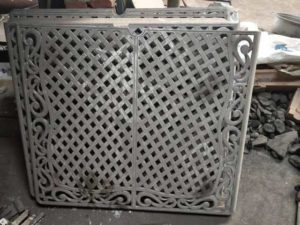
Cooling and Shakeout
The mould is transported to a cooling area, immediately after the molten metal has been poured in. The casting needs to cool for a long time, often overnight, before it can be removed from the mould. Castings may be removed manually or using vibratory tables that shake the refractory material away from the casting. For rapid cooling of castings, many foundries also use quenching baths. This speeds up the process and also helps achieve certain metallurgical properties. To prevent oxidation, the quench bath may contain chemical additives.
Sand Reclamation
Foundries recover a significant proportion of the waste sand for internal reuse. It significantly reduces the quantity of sand that must be purchased and disposed of. Generally, sand casting is reclaimed mechanically. Cores and large metal lumps are removed by vibrating screens and the binders are removed by attrition in which the sand particles rub together.
Fine sand casting and binders are removed by extraction and collected in a bag house. In some systems metals are removed using magnets or other separation techniques. For operations using mechanical reclamation, the recycle rate is often limited to around 70%.
This is due to the need to maintain a minimum sand casting quality. For large iron foundries, where sand casting quality requirements are less stringent, over 90% reclamation can be achieved by mechanical means . For many processes, mechanically reclaimed sand is not of sufficiently high quality to be used for core production. Thermal reclamation is becoming more widely used in Queensland. Sand Casting Process heats the sand to the point where organic materials, including the binders, are driven off. Sand Casting Process process can return the sand to an ‘as new’ state, allowing it to be used for core making. Thermal reclamation is more expensive than mechanical systems.
Sand Casting Process can also be reclaimed using wet washing and scrubbing techniques. These methods produce sand of a high quality but are not commonly used because they generate a significant liquid waste stream and require additional energy input for sand drying. The amount of internal reuse depends on the type of technology used and the quality requirements of the casting process. Reclamation processes, particularly mechanical ones, break down the sand particles and this can affect the quality of some metals. Also, for mechanical reclamation techniques, impurities may build up in the sand over time, requiring a proportion of the material to be wasted. Large iron foundries do not require a high sand quality so typically achieve the highest rate of reuse in the industry. Often sand cycles through the operation until it is ground down to a fine dust and removed by baghouses.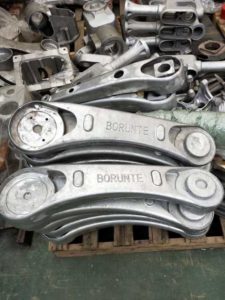
Fettling, Cleaning and Finishing
The gating system is removed, after the casting has cooled, using abrasive cut-off wheels, bandsaws, or electrical cut-off devices. A ‘parting line flash’ is typically formed on the casting and must be removed by grinding or with chipping hammers. Castings may also need to be repaired by welding, brazing or soldering to eliminate defects.
The casting may undergo additional grinding and polishing to achieve the desired surface quality. The casting may then be coated using either a paint or a metal finishing operation such as galvanizing, powder coating or electroplating.
Advantages of Sand Casting
Low tolling cost.
Largest casting sizes achievable.
Far less expensive than other techniques.
Capable of holding detail and resist deformation when heated.
Process is suitable for both ferrous and non-ferrous metal castings.
Handles a more diverse range of products than any other casting method.
Produces both small precision castings and large castings of up to 1 tonne.
Can achieve very close tolerances if uniform compaction is achieved.
Mold preparation time is relatively short in comparison to many other processes.
The relative simplicity of the process makes it ideally suited to mechanization.
High levels of sand reuse are achievable.
It produces less waste than other techniques.

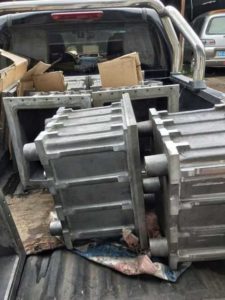
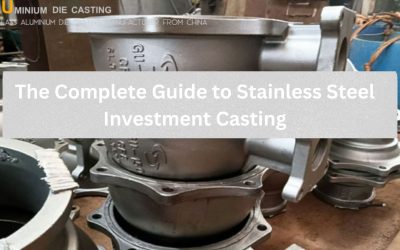
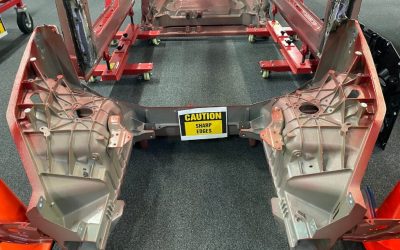
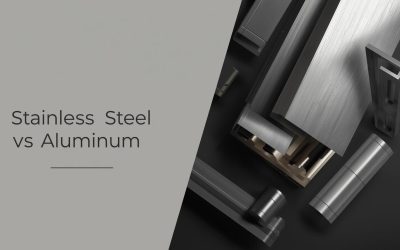
0 Comments